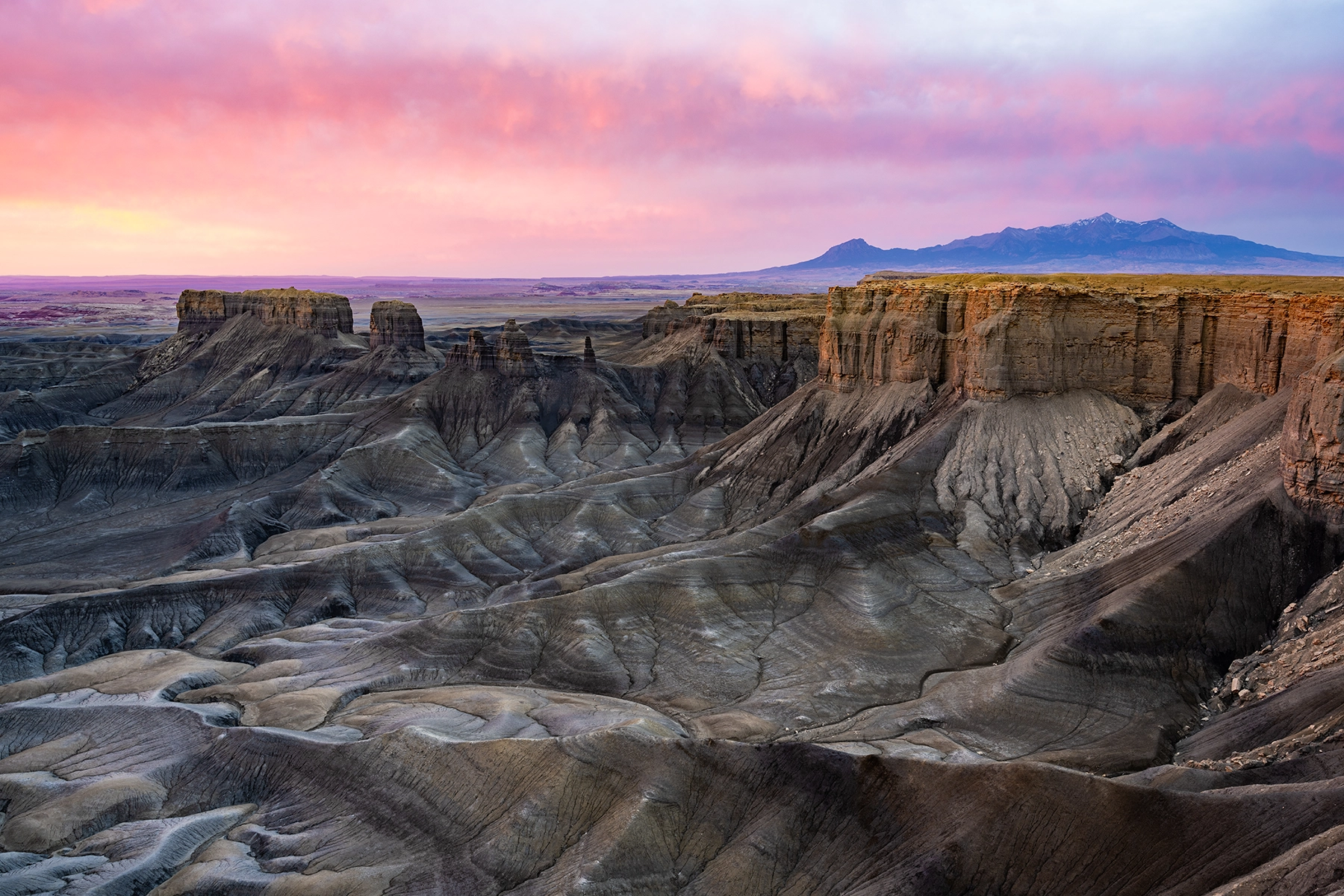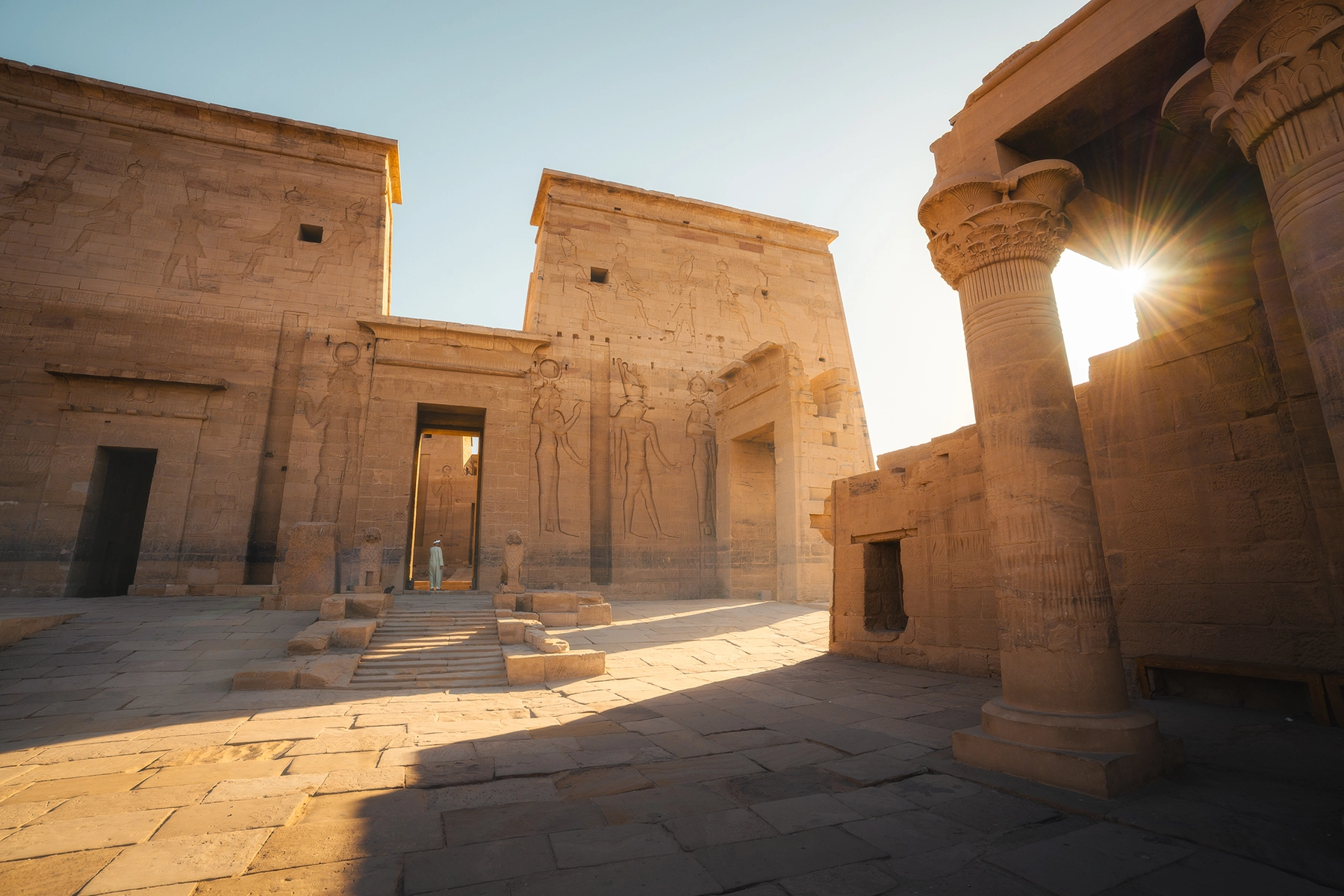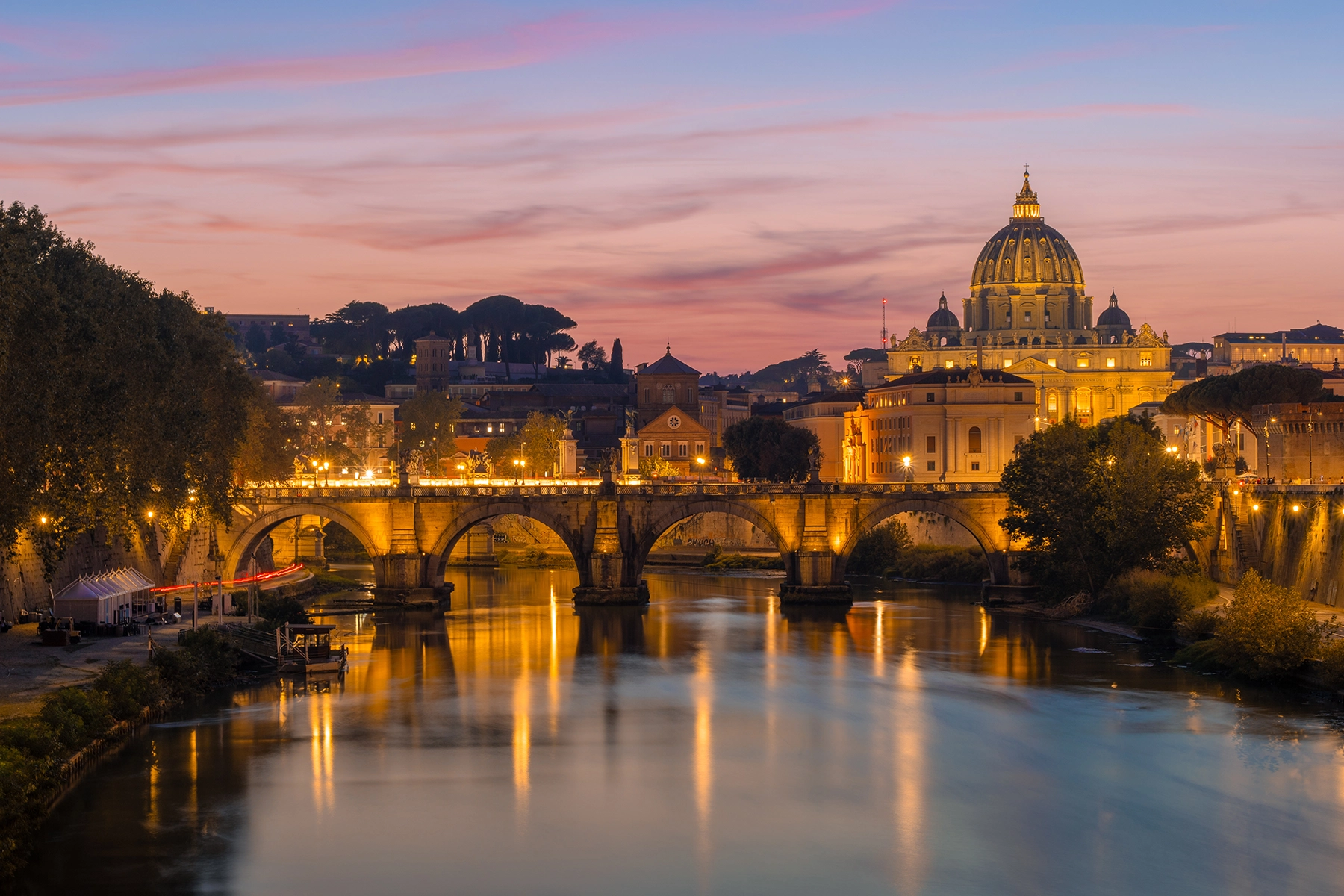
Passport to Travel Photo Perfection
Christian Lejarazu captures his overseas adventures with Tamron’s 28-75mm F2.8 G2 and 28-200mm zoom lenses.
Author: Jenn Gidman
Images: Christian Lejarazu
Share Article
Christian Lejarazu captures his overseas adventures with Tamron’s 28-75mm F2.8 G2 and 28-200mm zoom lenses.
Christian Lejarazu never imagined he’d become a photographer. Even though as a kid he’d always enjoyed stopping by local newsstands to flip through magazines (especially travel magazines) and get lost in the photos, he’d always envisioned himself making his way into the world of hospitality and gastronomy, which his family had long been a part of.
Then, around 2002, when Christian was living in Canada, his dad was teaching him to drive one day. “I remember he’d get frustrated because I wasn’t paying enough attention to his instructions,” he recalls. “The truth is, I was completely mesmerized by the landscapes I was seeing along the road. It was autumn, and I’d never seen those vibrant reds and oranges in the trees before. There was something about it that just clicked. I felt this deep urge to capture what I was seeing, like I couldn’t believe it was real.”
Two decades later, Christian found himself planning his first trip to Europe. With the Old World, cosmopolitan charm of Rome and Paris, the sunset skies of Mexico, and the vivid colors of Italy’s coastline in Cinque Terre beckoning, he knew he’d need a sharp, versatile lens to capture it all.
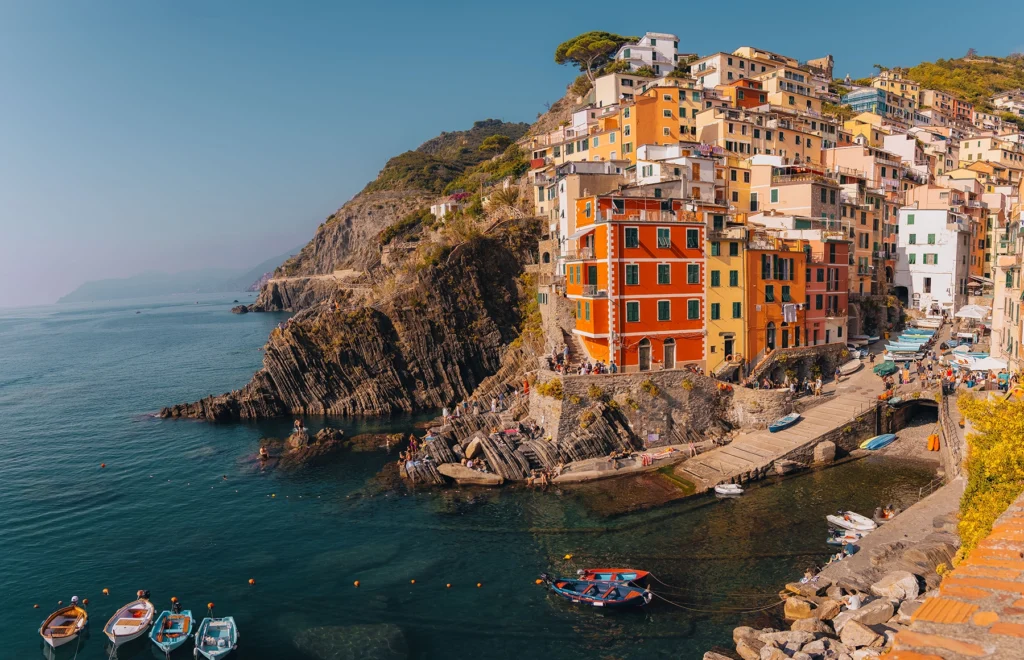
“The folks at Tamron Mexico were kind enough to let me test-drive the Tamron 28-200mm F/2.8-5.6 Di III RXD all-in-one zoom for my mirrorless camera system,” he says. “That lens changed everything for me. Having that kind of versatility in one single, lightweight lens felt like magic—wide enough to capture vast landscapes, sharp enough to freeze fleeting details, and compact enough to carry with me everywhere I went. I ended up shooting most of the photos from that trip with it, and even today it remains my go-to lens every time I travel abroad.”
Also in Christian’s camera bag for his overseas excursion: the Tamron 150-500mm Di III VC VXD ultra-telephoto lens and Tamron 28-75mm F/2.8 Di III VXD G2 standard zoom, a lens Christian says “proved perfect for portraits and video for my social media content.”
CHRISTIAN’S QUICK TRAVEL PHOTOGRAPHY TIPS
Embrace different lighting.
There are photo opps to be had at all times of day, from dawn to dusk. One of my biggest pieces of advice, however, especially when you’re visiting tourist-heavy sites or popular landmarks, is to arrive before anyone else to take full advantage of the soft, golden morning light. For this photo of Rome’s Colosseum, I managed to catch the very first rays of sunlight hitting the side of the Colosseum, and I added a human element (the person on the bicycle) to lend the image a touch of warmth and relatability.
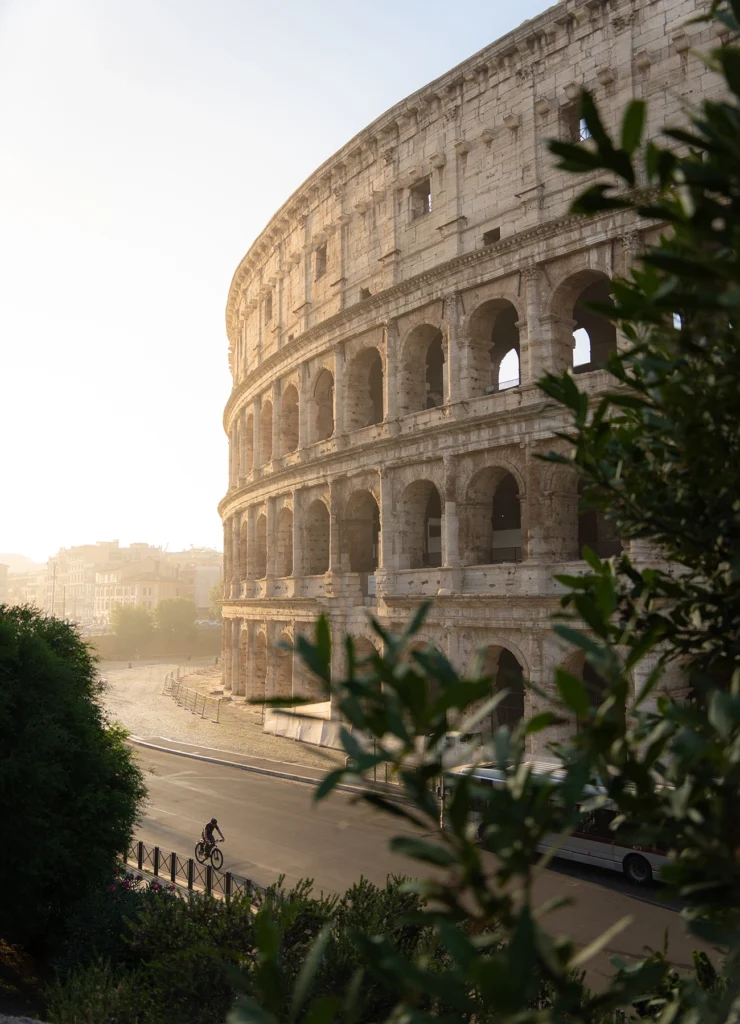
The end of the day is also a marvelous time to shoot, such as this sunset shot of a Ferris wheel in the Mexican city of Puebla. One image I’d dreamed of taking for years was the St. Angelo Bridge in Rome. I took this photo of the bridge, with St. Peter’s Basilica in the background, during the final minutes of sunset. I used a 10-second-long exposure to best capture the reflections on the Tiber River.

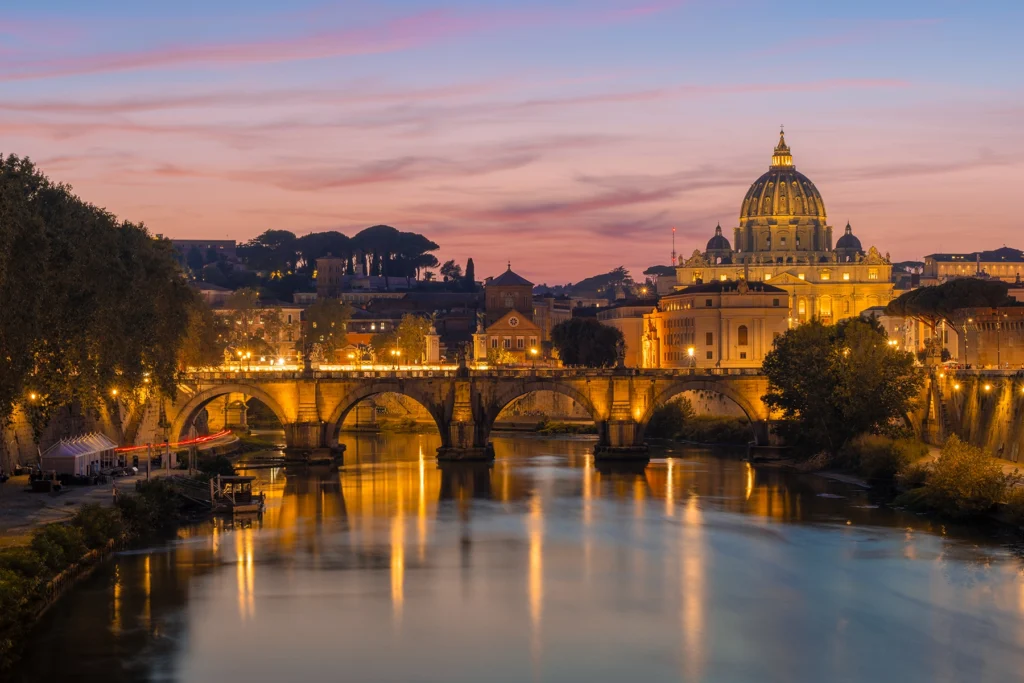
What I enjoy shooting the most: night skies and chasing thunderstorms!
Step away from the norm.
The beauty of everyday life, the charm in the ordinary, and the subtlety of moments we often stop noticing—that’s what I try to capture in my images. Even when I’m lucky enough to find myself in front of a famous landmark, the first thing I do is look at the photos that the tourists are taking, then try to step as far away from those shots as possible.
When I visited Paris and saw the Eiffel Tower, I thought: Is there any way to take a picture of this iconic structure that hasn’t been done before? For this particular image, I found a rooftop terrace with a stunning sunset view. Through the protective railing, I noticed a rhythm: three repeating shapes that gave balance to the frame, with the tower perfectly centered as the star of the scene.
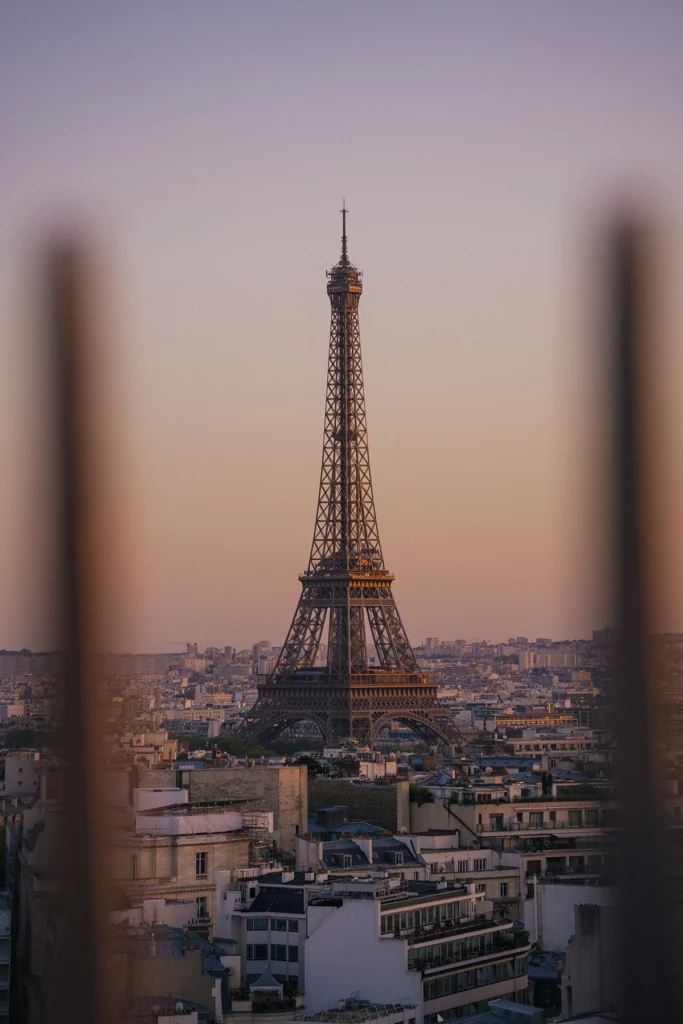
Pay attention.
Composition rules are fine to abide by. Create your photos around the rule of thirds, leading lines, a frame within a frame, and so forth, as those guidelines definitely can help make your photos look better, just like they’ve done for artists for centuries. But if you ask me, the best advice for creating images that truly stand out is to learn to observe. Pay attention to everything around you—not just the subject or the landscape you want to capture. Take a moment to scan the space, soak in the light, and notice the shadows, the unexpected textures, and the quiet details hiding in plain sight.
Once you put this skill into practice, you’ll notice over time that you’ll constantly start creating photos in your mind all of the time. Even when there’s no camera around, you’ll find yourself framing scenes in your head of everything you see, imagining the light, the lines, the colors. It becomes second nature.
And you’ll learn that you can photograph the same place a hundred times and it’ll never be exactly the same. The weather shifts. A street is suddenly closed, so you have to find a new angle. You stumble upon a local festival you didn’t expect, and the next thing you know, there are fireworks lighting up the sky.
Do your homework, but allow for spontaneity.
There’s often a lot of planning involved in this kind of landscape photography: scouting, timing, gear, etc. But there’s also a beautiful element of uncertainty. You’re at the mercy of nature, and I think that’s part of the magic. And here’s a fun fact: It was on a travel photography trip that I met a lovely woman who’d become my favorite adventure partner, and my wife. So yes, photography has given me a lot—more than I ever expected—because I was open to that magic and not just caught up in the technical aspect of “taking pictures.”
To see more of Christian Lejarazu’s work, check out his Instagram.
